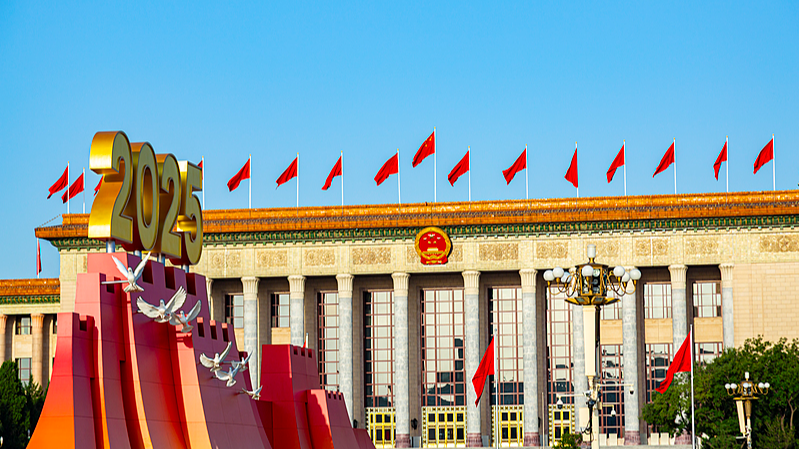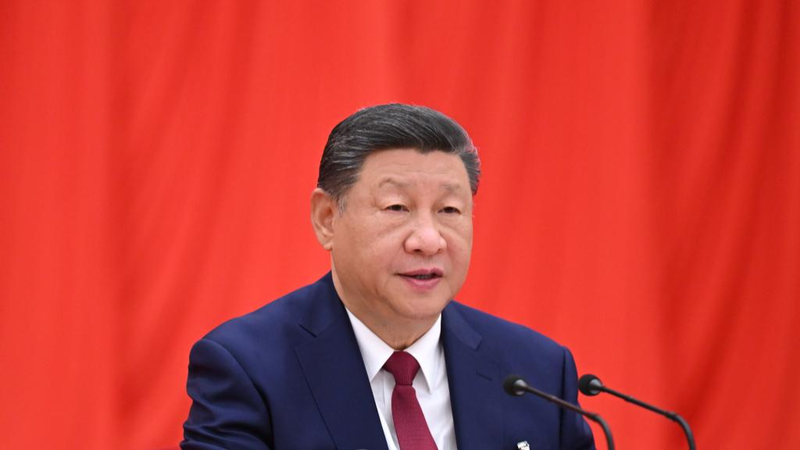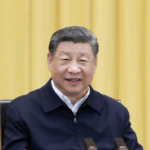China's recently adopted recommendations for its 15th Five-Year Plan outline a strategic roadmap to achieve socialist modernization by 2035, emphasizing long-term economic stability, technological innovation, and social equity. The plan, spanning 2026 to 2030, serves as a critical midpoint in a 15-year vision to transform the nation into a "great modern socialist country" by 2049 – the centenary of the People's Republic of China.
A Multi-Generational Blueprint
The plan's unique timelines – 5, 15, and 100 years – reflect China's commitment to transcending short-term political cycles. By 2035, the country aims to complete its 15-year modernization drive initiated in 2020, focusing on reducing regional disparities, advancing green technologies, and strengthening domestic consumption. This phased approach underscores Beijing's resolve to address structural challenges while maintaining steady growth.
Balancing Ambition With Pragmatism
While acknowledging existing imbalances in sectors like real estate and local government financing, the plan prioritizes high-quality development through innovation-driven industries. Analysts note its emphasis on "new productive forces," including AI and clean energy, signals China's intent to lead in next-generation technologies. The recommendations also highlight rural revitalization and social welfare improvements as key pillars of sustainable growth.
Global Implications
For international observers, the plan offers insights into China's economic priorities amid global uncertainties. Its focus on supply chain resilience and dual circulation strategy suggests continued integration with Asian markets while bolstering domestic capabilities. Business leaders anticipate new opportunities in smart manufacturing and digital infrastructure as implementation begins.
Reference(s):
Firm signal from China's 15th Five-Year Plan recommendations
cgtn.com








